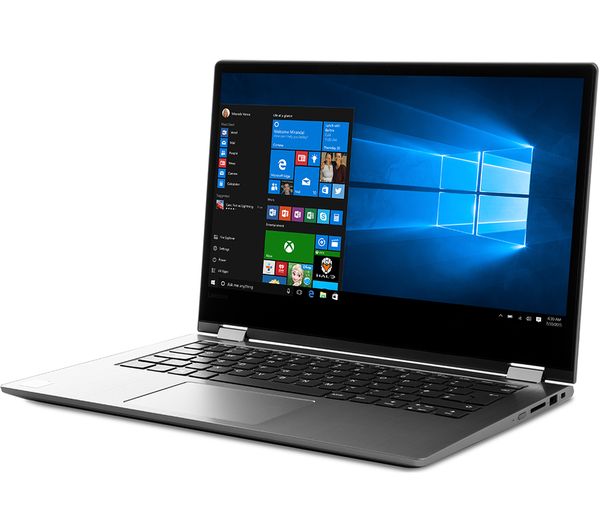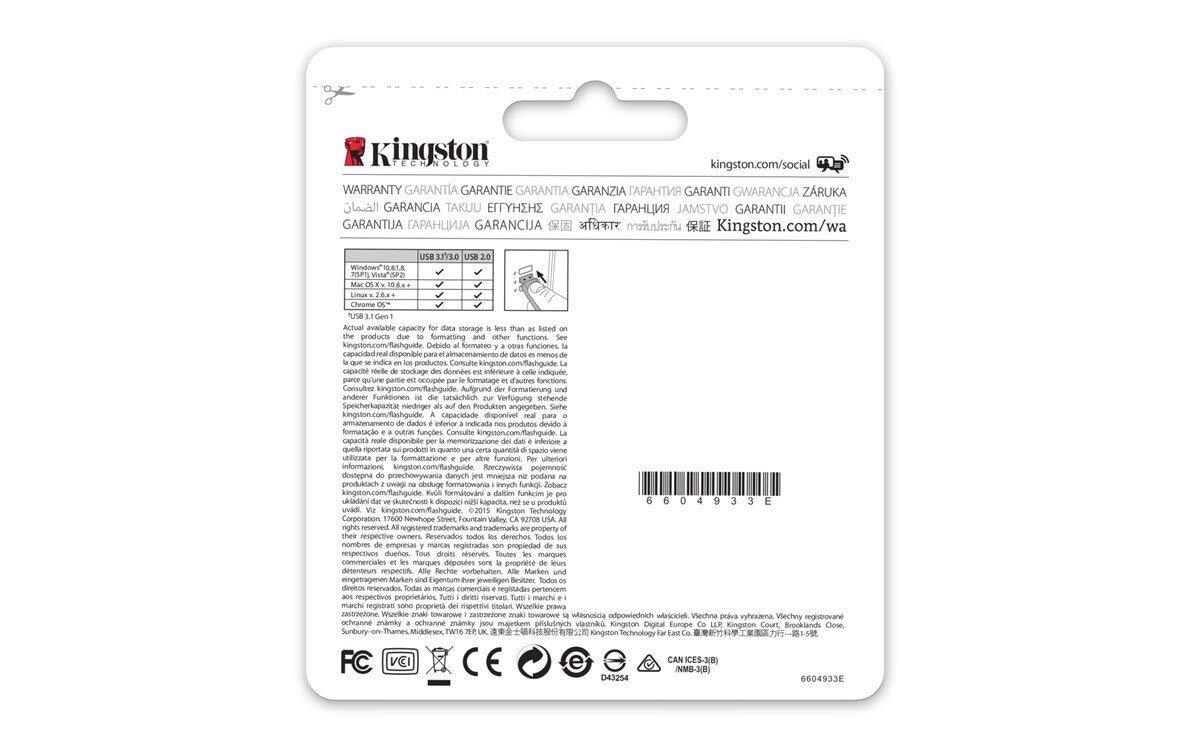[Click the image to enlarge it]
BH1750 is a digital ambient light sensor that is used commonly used in mobile phones to manipulate the screen brightness based on the environment lighting. This sensor can accurately measure the LUX value of light up to 65535lx.
BH1750 Pin Configuration
3 Available storage is less due to phone software. Available storage is subject to change based on phone software updates and apps usage. Extended memory limited to available microSD card size. 4 The battery claims herein may vary based on mobile network, location, signal strength, feature configurations, app and phone usage and many other. Nov 26, 2019 After first teasing it in September, Google has detailed exactly how its new Assistant ambient mode will work on smartphones. The idea is to make your phone more useful by while it's charging. The ams TSL2520 is an ambient light sensor (ALS) which features four photodiodes for visible light sensing and two infrared photodiodes, a combination which allows for rejection of IR interference and produces very accurate measurements of ambient light intensity (lux). Ambient mode is built into the Google Search app and takes over the lock screen any time you charge the phone. The new ambient mode shows a quick greeting message at the top, followed by your. After first teasing it in September, Google has detailed exactly how its new Assistant ambient mode will work on smartphones. The idea is to make your phone more useful by while it's charging.
Pin Number | Pin Name | Description |
1 | VCC | Power supply for the module can be 2.4V to 3.6V, typically 3.0V is used |
2 | GND | Ground of the module, connected to ground of the circuit |
3 | SCL | Serial Clock Line, used to provide clock pulse for I2C communication |
4 | SDA | Serial Data Address, used to transfer the data through I2C communication |
5 | ADDR | Device address pin, used to select the address when more than two modules are connected |

BH1750 Features
- Power Supply: 2.4V-3.6V (typically 3.0V)
- Less current consumption: 0.12mA
- Measuring Rang: 1-65535lx
- Communication: I2C bus
- Accuracy: +/-20%
- Built in A/D converter for converting analog illuminance in the digital data.
- Very small effect of IR radiation
- Highly responsive near to human eye.
Alternative for BH1750: TSL2561, VEML6035
Mobile Phones Uk
Other Light Sensors: LDR sensor, TCS3200
Portable Devices Windows 10 Driver
Where to Use BH1750 Light Sensor
The BH1750 is a light intensity sensor that can be used to adjust the brightness of display in mobiles and LCD displays. It can also be used to turn the headlights of cars on/off based on the outdoor lighting. The sensor uses I2C communication protocol so that makes it super easy to use with microcontrollers. The SCL and SDA pins are for I2C. There is no calculation needed to measure the LUX value because the sensor directly gives the lux value. Actually, it measures the intensity according to the amount of light hitting on it. It operates on voltage range of 2.4V-3.6V and consumes really small current of 0.12mA. The results of the sensor does not depends upon the light source used and the influence of IR radiation is very less. There are very less chances of any error because the variation in measurement is as low as +/-20%.
How to Use BH1750
Install Portable Device Driver
Hardware of the BH1750 is very simple. The main component is BH1750FVI IC. The module works on 3.3V so a voltage regulator is used. For I2C lines a pull up resistor of 4.7K is used.

We get the lux values from BH1750 through I2C bus. The ADC in the IC converts the analog illuminance to the digital lux value. Now this data is transferred to microcontroller with the help of I2C pins SCL and SDA. The SCL is used to provide the clock pulse and the SDA is used to transfer the lux value. The IC uses a photodiode which gives the response equivalent to the human eye. There is also an internal oscillator in the IC which is used for the clock of internal logic of the IC.
Applications
- Manipulate brightness in mobile phones/LCD
- Automobile Headlights on/off control based on surrounding lighting conditions.
- Used as Ambient light sensors to control the brightness of Display screens.
